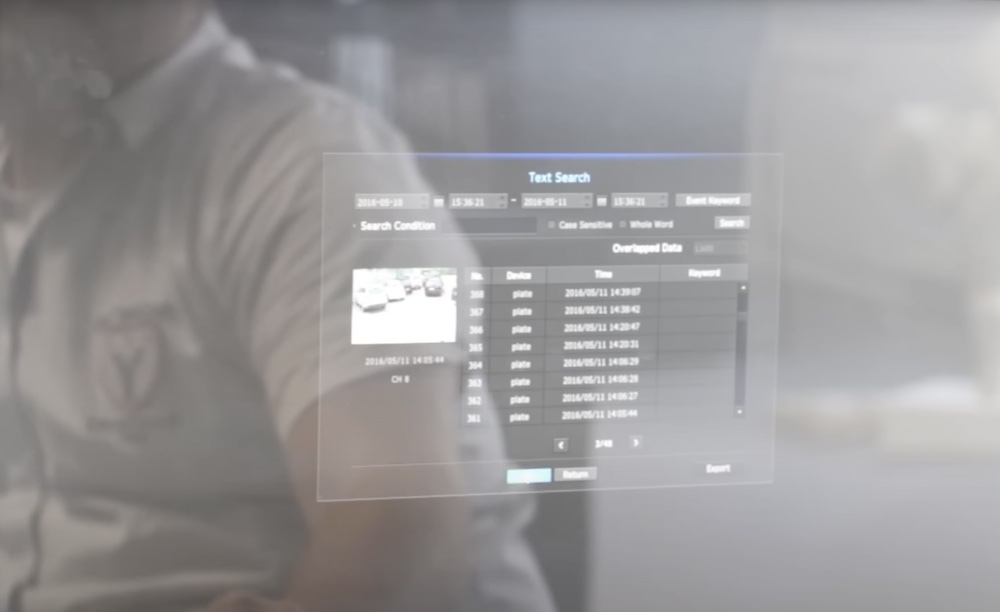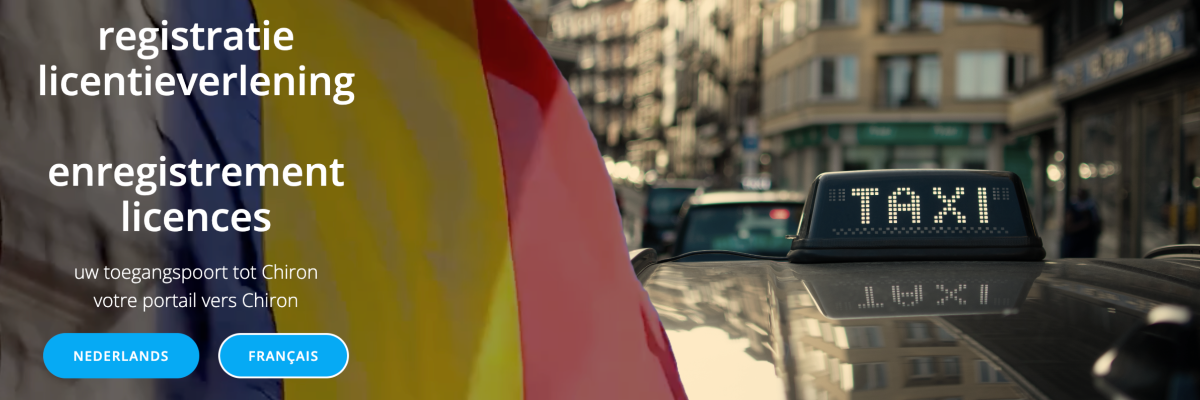The Ghent police will soon be able to track down signaled and uninsured vehicles, and arrest drivers with a driving ban.
The expansion of the functionality of ANPR cameras in Ghent marks another forward step in enforcing the law and promoting road safety. With the integration of 43 fixed Automatic Number Plate Recognition (ANPR) cameras, which were originally installed to control access to the pedestrian area and the low-emission zone, the city of Ghent is taking a major step forward in the fight against crime and traffic violations.
These cameras, which are able to record license plates of passing vehicles, will soon be used by the Ghent police for specific purposes. Detecting signaled and uninsured vehicles, direct action in traffic accidents involving hit-and-run, and catching drivers with a driving ban are just some of the new applications. However, the main goal is not to detect every traffic violation, but to be able to act in a targeted manner based on hits from various databases.
The decision to expand the ANPR cameras for police use was made with great care and respect for privacy. Mayor Mathias De Clercq emphasizes the importance of responsible use of camera surveillance. “Cameras must always be handled with care. We should never regard that as obvious and normal,” he says. These technological advances provide police with powerful tools to respond more efficiently to criminal activity and serious traffic crimes, making an undeniable contribution to a safer urban environment.

The advanced cameras will be linked to various databases, allowing the police to take targeted action against specific violations, such as driving without a valid inspection certificate or after revocation of the driver's license. This system also enables the police to act quickly and effectively in acute situations, such as traffic accidents involving a hit-and-run or serious criminal offences.
To guarantee privacy and meet legal requirements, the Ghent police will take care of the processing and storage of the image data. Images are kept for a maximum of 12 months, after 30 days only the judicial police have access based on a decision by the public prosecutor. This ensures a balance between security measures and the protection of individual rights.
The introduction of the use of ANPR cameras by the police in Ghent is a clear example of how technology and data analysis can play a central role in modern law enforcement. While this development is being submitted to the city council for approval, future reporting on the use of these cameras promises to provide interesting insight into their impact on safety and quality of life within the city.




